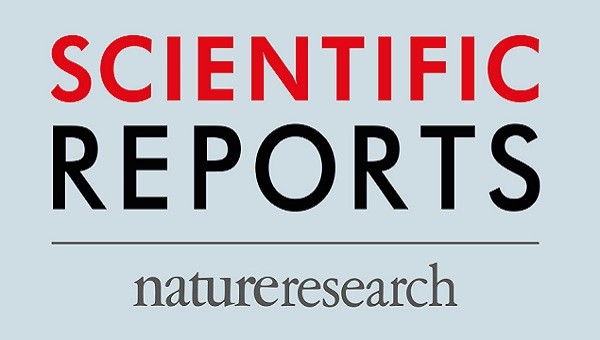Prevalence, awareness, treatment, and control of hypertension based on ACC/AHA versus JNC7 guidelines in the PERSIAN cohort study
Authors
Affiliations
Abstract
In this cross-sectional population-based study, we used the baseline data of the Prospective Epidemiologic Research Studies in IrAN cohort study collected in Iran from 2014 to 2020. The main outcomes were the prevalence of hypertension and proportion of awareness, treatment, and control based on the 2017 ACC/AHA guideline compared to the seventh report of the Joint National Committee (JNC7). Of the total of 163,770 participants, aged 35–70 years, 55.2% were female. The sex-age standardized prevalence of hypertension was 22.3% (95% CI 20.6, 24.1) based on the JNC7 guideline and 36.5% (31.1, 41.8) based on the ACC/AHA guideline. A total of 24,312 participants [14.1% (10.1, 18.1)] were newly diagnosed based on the ACC/AHA guideline. Compared to adults diagnosed with hypertension based on the JNC7 guideline, the newly diagnosed participants were mainly young literate males who had low levels of risk factors and were free from conventional comorbidities of hypertension. About 30.7% (25.9, 35.4) of them (4.3% of the entire population) were eligible for pharmacologic intervention based on the ACC/AHA guideline. Implementation of the new guideline may impose additional burden on health systems. However, early detection and management of elevated blood pressure may reduce the ultimate burden of hypertension in Iran.
Keywords: Cardiology, Diseases, Medical research, Epidemiology, Risk factors

 25
25